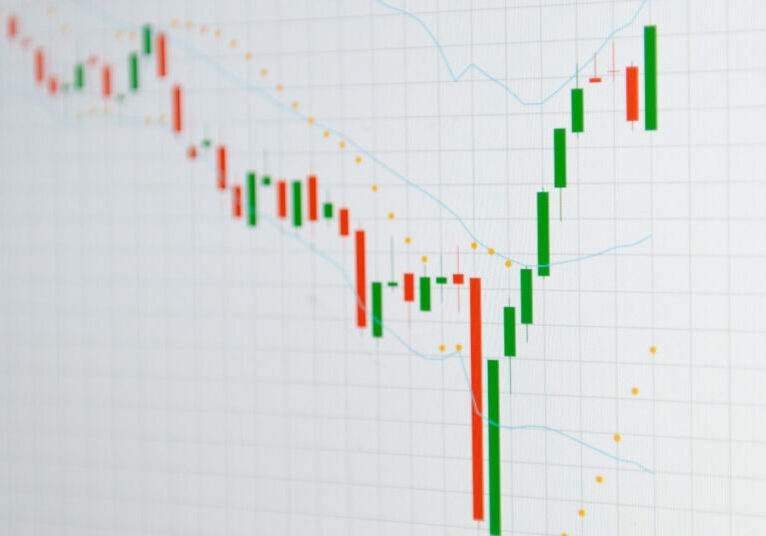VWAP Volatility
Infinite Equity is introducing innovative new thought leadership on the financial theory around determining historical volatility for purposes of ASC718. Introduced in the Research Brief, A New Way to Estimate Volatility, and published collectively at www.VWAPVolatility.com.
In this article, we provide guidance for companies who decide to change their methodology to VWAP volatility. This article references guidance from ASC718-10-55-27, as well as SEC Staff Accounting Bulletin 107 – Question 3.
We believe, in most cases, that a VWAP Volatility is a refined estimate on the calculation of historical volatility, and should be considered a reasonable alternative in place of historical using closing prices, implied volatility, or some blended volatility when selecting your volatility assumption. ASC 718-10-55-27 states that the “valuation technique an entity selects . . . shall be used consistently and shall not be changed unless a different valuation technique is expected to produce a better estimate of fair value.” Further, Question 3 of SAB 107 states that “the SEC staff would not object to a change in an entity’s valuation technique or model as long as the new technique or model meets the fair value measurement objective of ASC 718.”
Even if you don’t change your overarching method between historical, implied, or a blend, we believe that a conservative position would require that the change from using closing prices to VWAP prices would be a considered a change in accounting estimate under ASC250 and applied prospectively.
What is a “Change in Accounting Estimate”?
A change in accounting estimate occurs when there is the appearance of new information, which replaces the current data based on which the company had taken an earlier decision. It is not considered an error and involves the judgment and experience of the management involved. It is important for reporting entities to maintain sufficient documentation to support changes to estimates and the timing of such changes. A change to an accounting estimate should be based on events, facts, or circumstances that occurred during the period in which the estimate was changed. To document a Change in Accounting Estimate for a change to the use of VWAP prices for calculating volatility, we recommend the following:
- An illustration of why VWAP volatility is a better estimate of fair value. It is our opinion that an illustration of the kurtosis of the distribution of stock price returns for both closing prices and VWAP prices (for example, see Is It Better For Me) would be sufficient. If the VWAP kurtosis is closer to 3, this would support that the VWAP prices are a more refined estimate than the closing prices.
- A report from your valuation specialist accompanied with the other requirements from AS 1210: Using the Work of a Specialist.
SEC Filing Disclosure
ASC 250-10-50-5 indicates that entities do not need to disclose the information required by ASC 250-10- 50-4 for a change in estimate that results from a change in valuation technique. However, SAB Topic 14.C states that for a share-based payment award, “[d]isclosure in the footnotes of the basis for any change in technique or model would be appropriate.” Therefore we recommend that issuers disclose the basis for a change in their technique for valuing share-based payment awards.
Examples
- Urban Outfitters (“In previous fiscal years under the Black Scholes option pricing model, the expected volatility was based on the historical volatility of the Company’s stock.”
- Apple (“Beginning in the third quarter of 2003, the Company has modified this approach to consider other relevant factors including implied volatility in market traded options on the Company’s common stock and the impact of unusual fluctuations not reasonably expected to recur on the historical volatility of the Company’s common stock. The Company will continue to monitor these and other relevant factors in developing the expected volatility assumption used to value future awards.”)
- Starbucks (“Prior to the adoption of SFAS 123R, expected stock price volatility was estimated using only historical volatility.”)
Next Steps
We believe that the calculation of a VWAP volatility is a refined estimate of historical volatility. Given some of the extreme volatility seen in the marketplace today due to influences like algorithmic trading, social media, the rebalancing of institutional investor portfolios, we believe that the closing price can no longer be seen as the most reliable approach for calculating historical volatility. Further, with advances in computational capabilities, we believe that the VWAP volatility should be one of the considered alternatives in selecting your process for estimating volatility.
For an estimate of how the VWAP Volatility compares to a traditional historical volatility or to know if VWAP Volatility is better for you, please reach out to your Infinite Equity consultant. Please see more research from Infinite Equity at www.VWAPVolatility.com.



